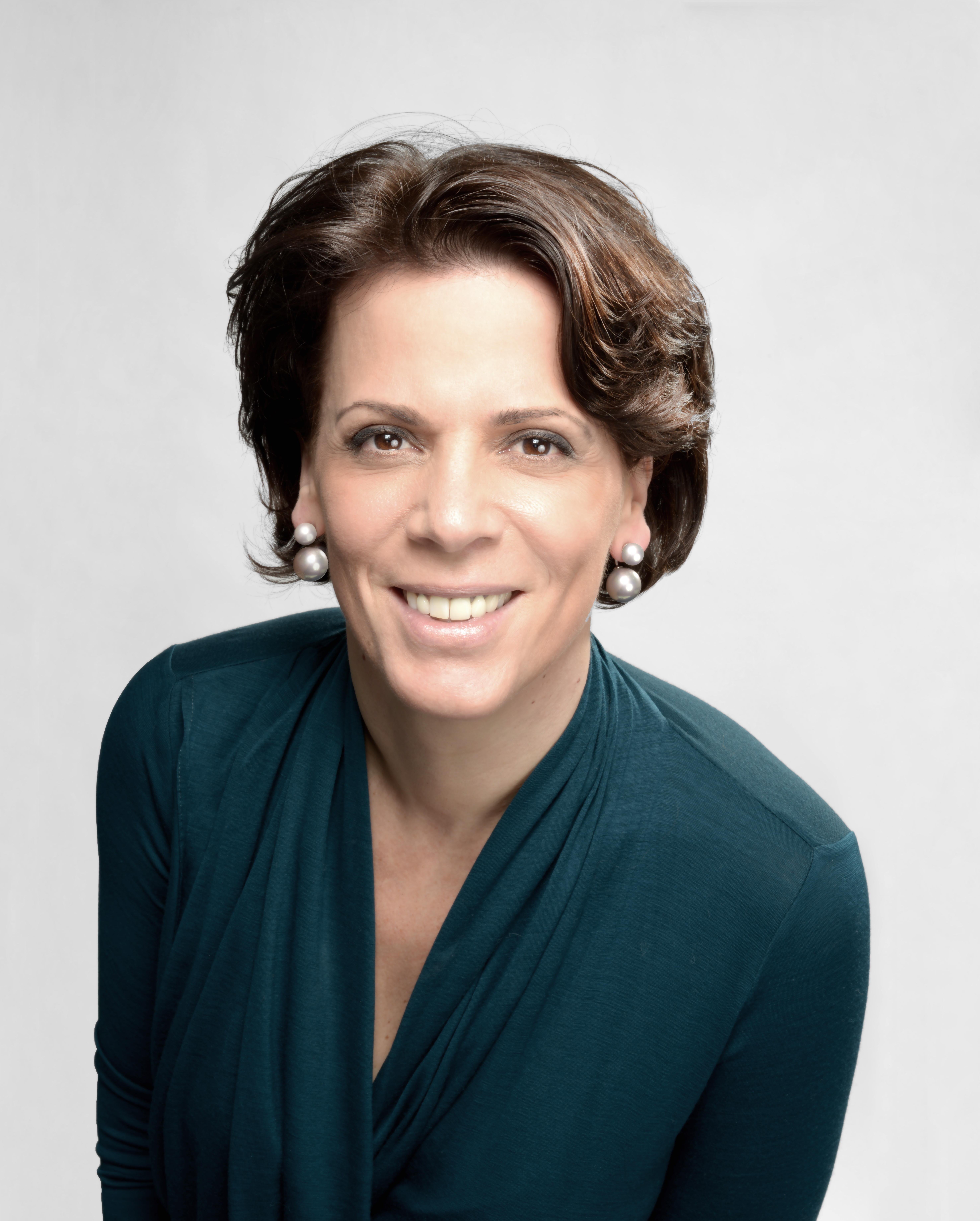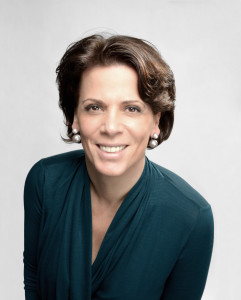Interview by ISABELLA OLIVARES
In the past couple of years, the beauty industry has been identified as one of the world’s major polluters, contributing to large-scale water pollution, improper waste disposal, mass energy consumption and plastic waste build up. While small steps have been taken by individual companies to remedy specific problem spots in their supply chains, the industry as a whole needs an overhaul. Spearheading this makeover is Alexandra Palt, the chief sustainability officer of L’Oréal. Alexandra is the brain behind L’Oréal’s Sharing Beauty With All sustainability program, under which the beauty industry giant is working to achieve fully sustainable innovation, production, development and living on both the producer and consumer fronts. PeopleAsia sat down for a quick chat with Alexandra about the program’s achievements, obstacles and plans for the coming years.
You joined L’Oréal as the chief sustainability officer in 2012. What drew you to the company?
Firstly, I believe that major companies have a fundamental role to play in addressing pressing global challenges such as climate change, environmental pollution, biodiversity loss or social inequality. L’Oréal has a clear commitment to taking action on social and environmental challenges, and as the largest beauty company in the world, the company has a significant opportunity to make a positive difference, within the beauty industry and beyond. That is why I was drawn to the company. Additionally, the role of Chief Sustainability Officer offered me a chance to harness all my experience, from law to sustainability consultancy, as a force for good. Throughout my career, I have fought for human rights, raised awareness of the importance of protecting minority groups, and advised both at a policy and a business level on how organizations can become more diverse, inclusive and sustainable. Now, I am combining all my skills and experience to help transform L’Oréal’s value chain.
One goal of Sharing Beauty with All is to promote sustainable consumer choices and ethical buying. Understandably, there is a bigger emphasis on making sustainable consumer choices in more developed countries than in developing countries. How do the initiative’s methods in promoting this kind of consumer consciousness differ in the developed and developing countries?
Empowering consumers to make sustainable choices is one of the four overarching goals of our global sustainability strategy, Sharing Beauty with All. We can play an important role by creating and promoting products that are both desirable and protect the environment. For example, we can help consumers to conserve water by introducing shampoos that require less water to rinse. Similarly, we have introduced products levels of biodegradability exceeding 98% such as, for example, the shampoos and conditioners of the new Biolage R.A.W. range or the Garnier Ultra Doux 5 Plants shampoo.
We have pledged that all our brands will run consumer awareness campaigns by 2020, focusing on diverse aspects of sustainability. This is a global commitment, and our brands are developing campaigns or initiatives worldwide, including, of course, in developing countries.
As we seek to reach L’Oréal consumers across the world, it is vital that we adapt our approach depending on the social, economic and environmental context in which our consumers live. This begins with understanding our consumers’ expectations. To do this, we have been conducting quantitative and qualitative research studies since 2013 and we have discovered that protecting the environment is a priority for people everywhere. The particular issues that people are concerned about vary depending on the country. For example, in Asia, people are very concerned about air pollution, whereas in Brazil, citizens are more worried about biodiversity issues, as a result of deforestation. Similarly, across the world, citizens expect companies to behave in an ethical way and to be demonstrably engaged in protecting the environment and contributing positively to society. It is clear that people want responsibly made products.
In every country, we must find the most compelling way of getting consumers involved in sustainability issues. It is important that we raise their awareness of key issues and empower them to make more sustainable consumption choices. In the same way, we must continue our quest to make sustainability more desirable, so that our consumers are instinctively attracted to products with improved social or environmental credentials. Our brands are working hard on developing products that feature all the characteristics that consumers seek in their cosmetics while respecting to the environment.
Are some countries more responsive to this drive for sustainable consumer practices than others? What are some of the challenges that the company is facing on this front?
In developed countries, influencing consumer behavior remains a major challenge. The primary reason is that there is still a gap between consumers’ intentions and their purchasing decisions, when it comes to sustainability. Our challenge is to create products that continue to meet consumers’ requirements while protecting the environment, and to do this in a competitive, cost-effective way.
In emerging countries, people are often on the front line of resource scarcity, natural disasters and extreme weather. They are more aware of climate change and environmental issues than you could imagine. There is a growing recognition in these countries that economic growth will need to encompass a strong focus on environmental protection. In China for example, more and more children are suffering from pollution-related diseases, and as a result, mothers are becoming activists. They are playing an influential role in raising public awareness of pollution issues.
However, people in developing communities often lack the finance, knowledge and skills to make progress on these issues. Through our sustainable sourcing programs, we are helping to upskill our suppliers in developing countries, in order to encourage them to adopt more sustainable practices. Working hand in hand with local communities to promote the sustainable and responsible sourcing of raw materials is a priority for us. L’Oréal’s goal is to source 100% of our renewable raw materials sustainably by 2020, with a focus on biodiversity and human rights.
How exactly is L’Oreal reducing its environmental footprint in the innovation, manufacturing and distribution areas of its business?
Our four areas of focus within Sharing Beauty for All are: innovating sustainably, producing sustainably, living sustainably (which I mentioned earlier), and developing sustainably. Within each area, we have set concrete targets supported by clear pathways to achieve them. We aim for 100% of our new or renovated products to have an improved environmental or social footprint by 2020, for example. We also plan to cut the carbon, water and waste impacts of our production by 60% (compared to 2005) by cutting greenhouse gas emissions, using less water and reducing waste. In 2016, we had reduced our manufacturing CO2 emissions by 67%, four years ahead of target. Additionally, I am proud that L’Oréal has once again this year received three ‘A’ rankings for its climate change, forest management and sustainable water efforts from CDP, an independent, not-for-profit entity that evaluates companies’ environmental performance.
You mentioned that one of your goals is to improve the environmental or social profile of 100% of your products by 2020. How close are you to achieving it?
Firstly, we want 100% of our new or renovated products to have an improved environmental or social footprint by 2020. This means that whenever our teams invent or renew a product, they measure the life cycle impacts of the product and enhance its formula by improving biodegradability or using responsibly sourced raw materials, while optimising the packaging. A product’s environmental and social impact is now just as important as other factors in the design and creation process. It is a huge global effort, and we have already reached 82% of our target.
We are committed to reporting regularly on our progress against each goal, and have established performance indicators that enable us to do this. We review our progress annually, including by inviting the views of expert stakeholders, which helps us to further shape and develop our strategy over time. We look forward to disclosing our 2017 results in April 2018. Rest assured that we remain fully committed to achieving all of our sustainability goals by 2020.
In a previous interview you stated that one challenge that L’Oréal faces was to make sustainable development a goal shared by all of the stakeholders. Has there been any concrete progress in overcoming this challenge?
In order to strengthen our sustainability strategy, targets and achievements, we maintain an ongoing dialogue with all of our stakeholders. This means all the people with whom the Group interacts, including employees, investors, suppliers, customers and consumers, to name but a few. Last year, 89 NGOs, associations, not-for-profit organisations and experts from the academic world were consulted and we set up a consumer advisory committee.
In addition to this ongoing dialogue, L’Oréal set up in 2014 an external governance body, comprised of key stakeholders and global sustainability experts, to explore our progress in depth. We call this the « Panel of Critical Friends ». The Panel considers how we have performed against our Sharing Beauty with All targets, provides a critical appraisal of the activities we have undertaken during the year and makes recommendations for improvements. It met for the third time in October 2016 in New York.
What is in the foreseeable future of Sharing Beauty with All? What are the upcoming projects and programs that we should be looking out for from this initiative?
We are already past the halfway mark, as we continue our journey towards 2020. We are now redoubling our efforts to reach our sustainability goals. In particular, we want to continue making significant progress on cutting the environmental footprint of our production and creating more sustainable products. We also remain committed to encouraging our consumers to make sustainable consumption choices. This is a tough challenge, as I mentioned, but we will not give up. We will continue to innovate until we succeed, including by collaborating with like-minded partners. Through our sustainability efforts, we aim to inspire other companies and lead by example. Ultimately, through Sharing Beauty with All, we aim to transform every aspect of our value chain and create value for everyone touched by our business.






